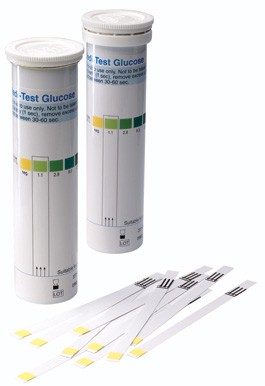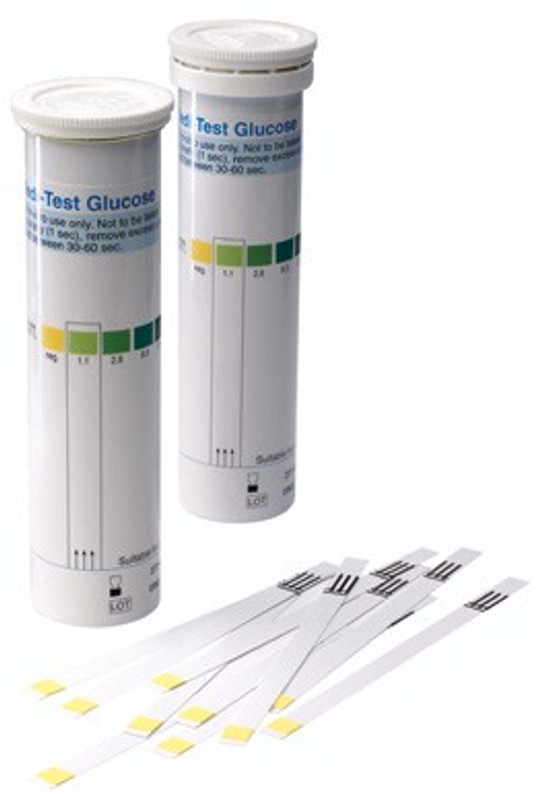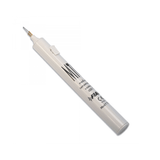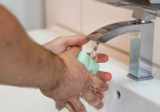Glucose Testing Strips – How They Work & What They’re Used For

One of the most important sections of our product range as a trusted medical supplier is our selection of diagnostics. This includes various swabs, strips, cards and other items designed to test patients for particular medical conditions. In order to provide high quality healthcare, any provider needs access to these kind of resources to diagnose conditions accurately and quickly making these products particularly important.
Among the most popular items we provide in this field are glucose test strips, such as our BHR Medi-Test Urine Glucose Test Strips which are available in packs of 50. These strips are by far the most common method of testing for a patient’s glucose levels, which is a key element of diabetes diagnosis among other issues. Test strips are also usually used by people who have been diagnosed with diabetes (particularly type 1) for ongoing monitoring of their body’s glucose levels.
Test strips are available which work by testing either blood or urine. In either case, any glucose present in the blood or urine mixes with chemicals on the strip to trigger a reaction. This results in either a simple colour change on the strip itself, which can be compared against a chart to draw a conclusion, or an electrical current which can provide more information when interpreted with the right testing equipment.
Blood test strips are preferred where a quantitative reading is required, a sample is taken directly from the bloodstream at the time of the test on to the strip and analysed by a compatible machine. Urine test strips have the advantage of providing a quick and easy indication of whether or not a patient’s glucose levels are higher than would normally be expected, without the need for any kind of blood test which may not be easy for all patients.
Urine glucose test strips cannot usually detect minor changes in glucose levels or guarantee reliable results, but they are an affordable and effective alternative to more costly testing methods. The testing process is simple enough that it can be done by many patients themselves without assistance, and results usually only take around 30 seconds. These results give healthcare providers an idea of whether to consider a diagnosis of diabetes or high blood sugar, possibly involving more expensive testing, or rule it out.
Recent Posts
-
Cauteries & Cryosurgery for minor procedures
Cauteries and cryosurgery work in a similar fashion, even though they are at opposite ends of the s …4th Jul 2019 -
Choosing the best digital thermometer
As any parent, or healthcare professional knows only too well, getting an accurate temperature read …6th Jun 2019 -
World Hand Hygiene Day
Any healthcare professional will be able to attest to the importance of good hand hygiene. 5 May 2 …1st May 2019




